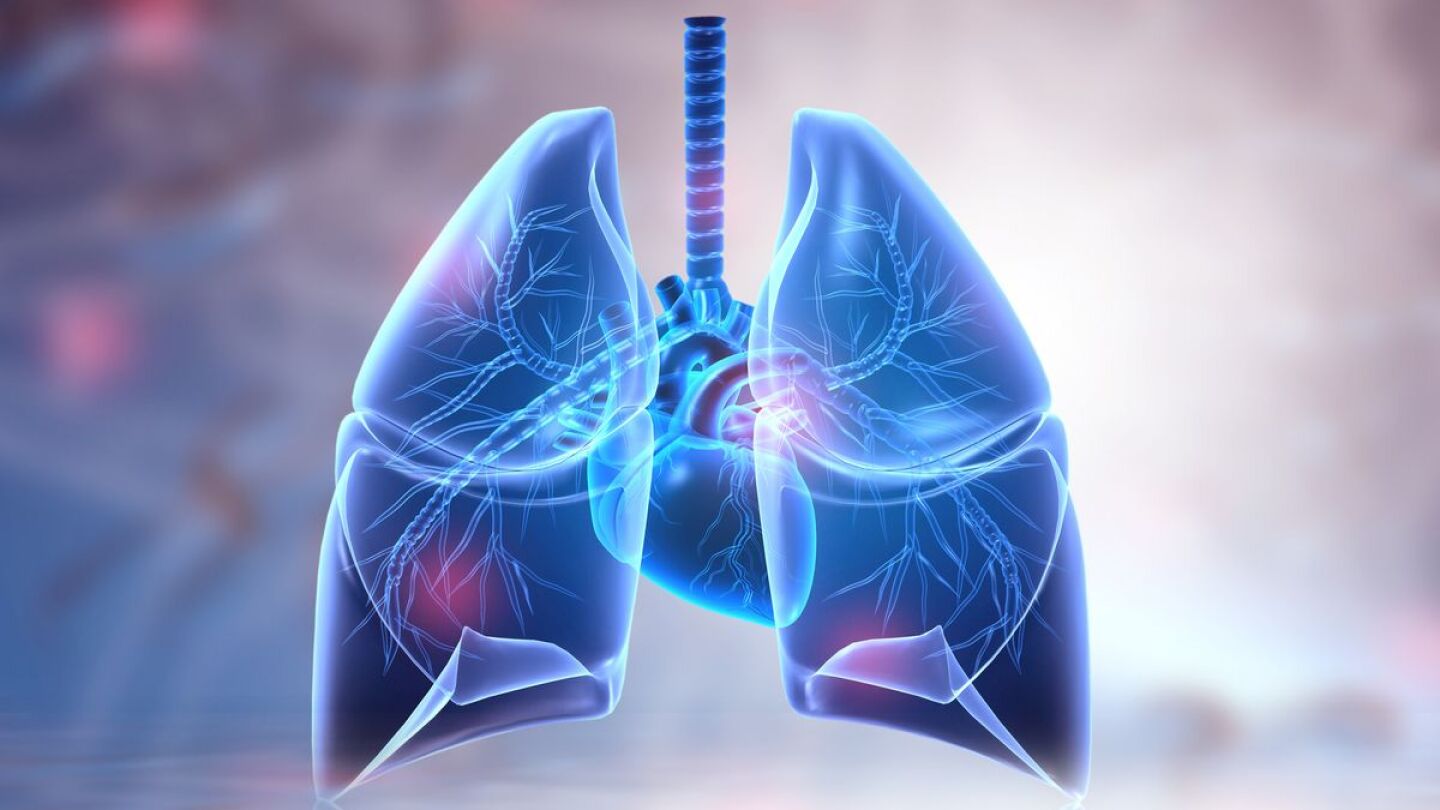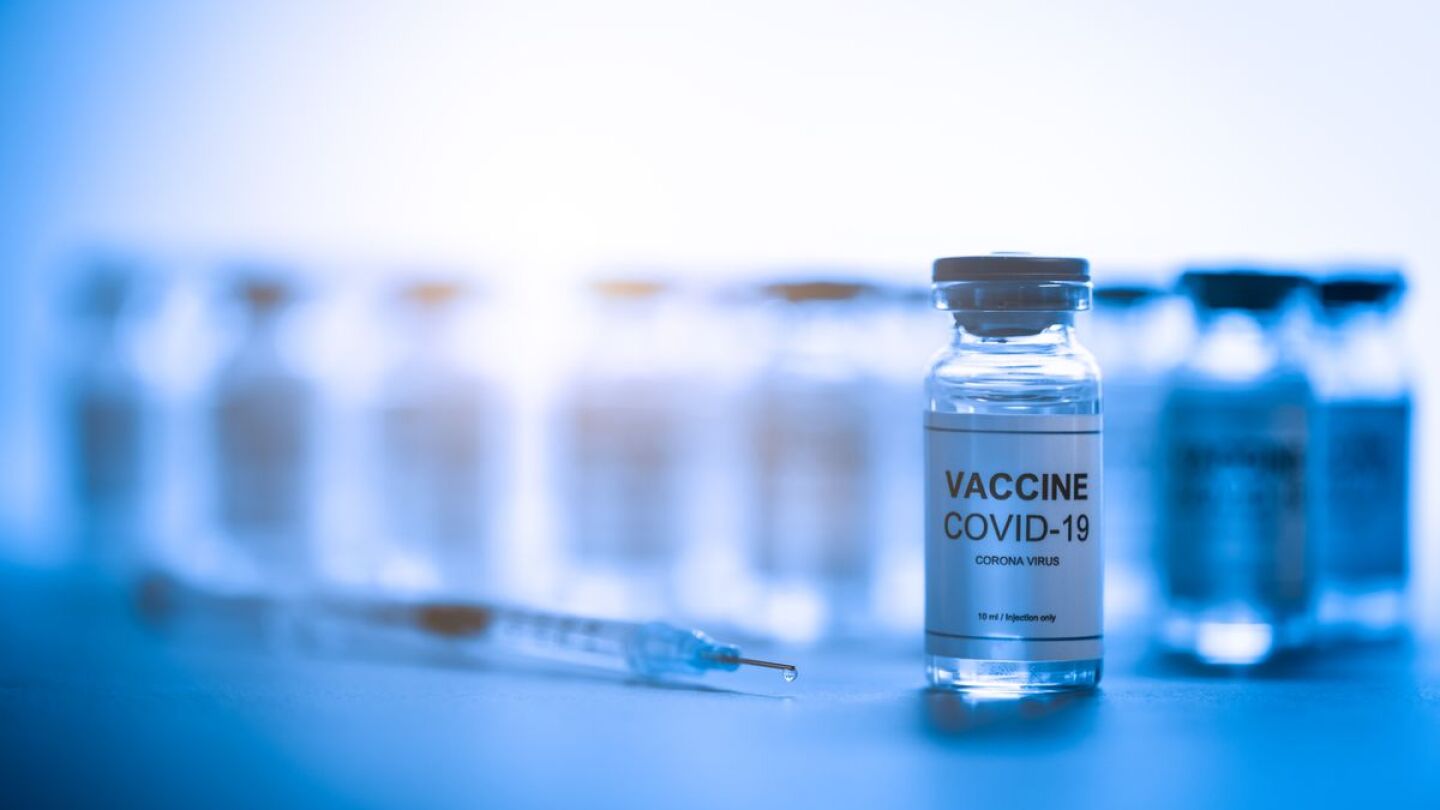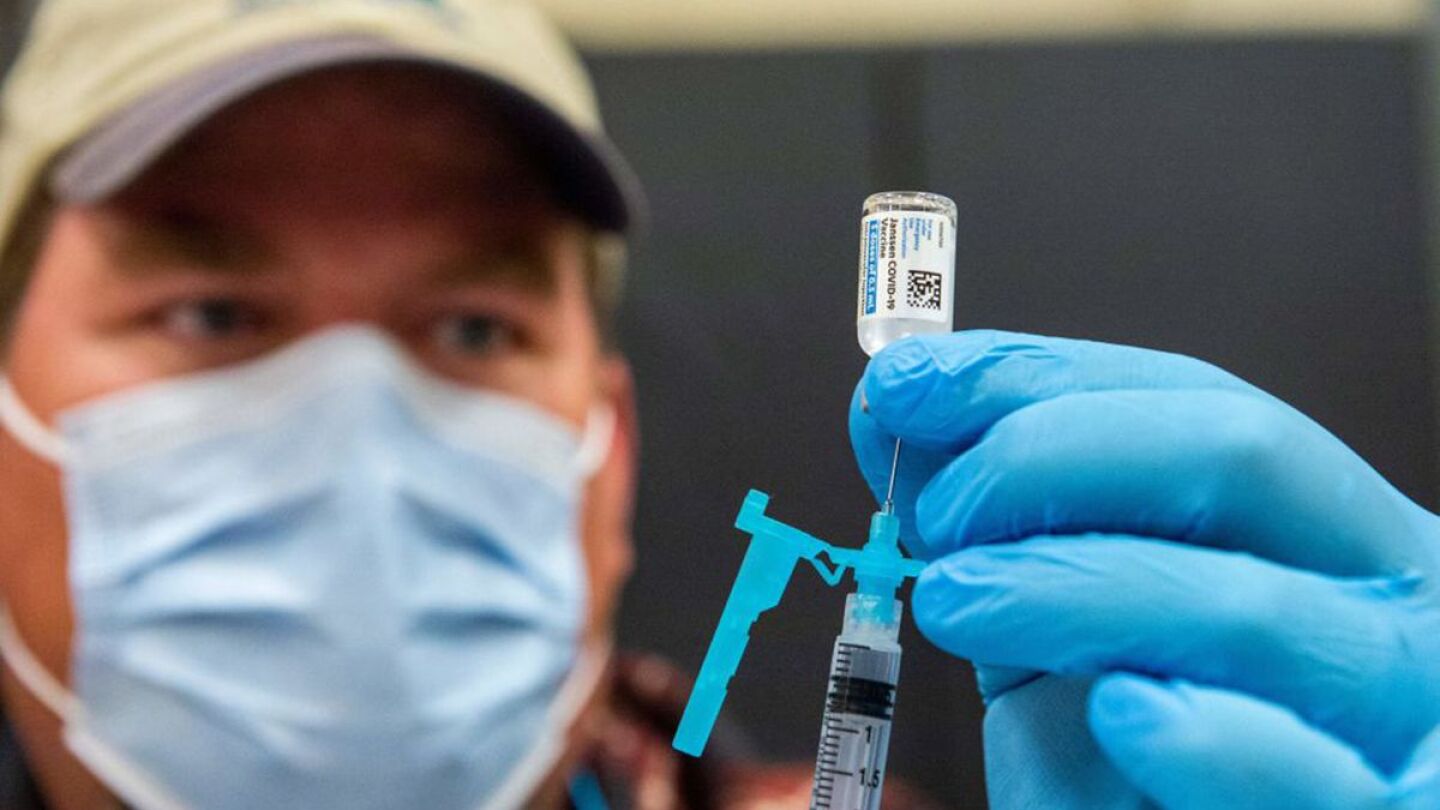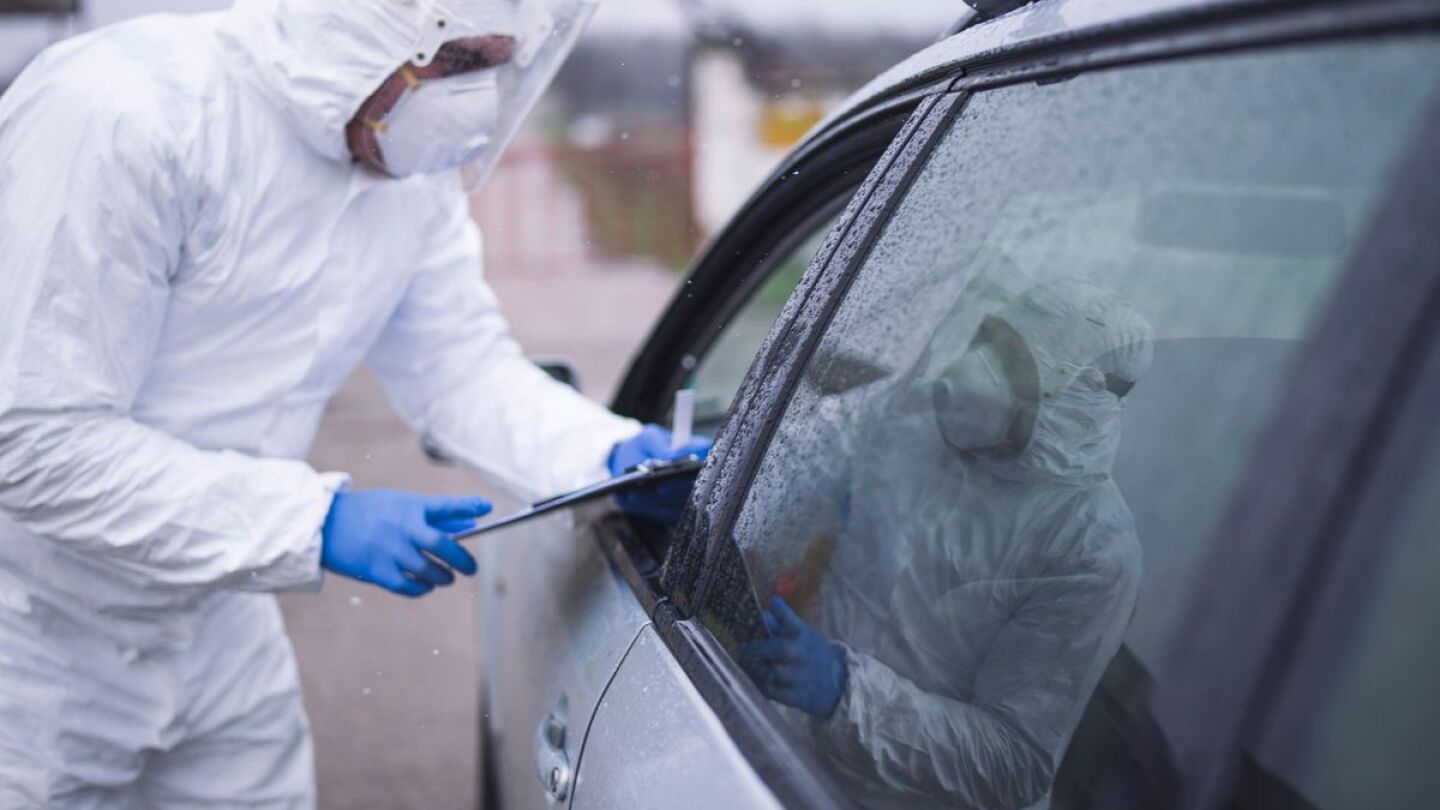NAEMSP
Every year, EMS1 reviews the newest tools, techniques and lessons learned from recent events shared with EMS physicians, leaders and medical directors at the National Association of EMS Physicians Annual Meeting. Read expert analysis from educational sessions and find NAEMSP news here.
“You can’t oversee EMS medicine from behind a desk.” With a full-time medical director, providers gain a mentor, coach and advocate.
EMS fatigue management initiatives should include education and training about fatigue, providing access to caffeine and encouraging on-shift napping if possible
An explainer and action plan based on the Consensus Statement of NAEMSP, IAFF and IACP
EMS educator proposes a system that includes recognition for certified and degreed paramedics alike to overcome staffing crisis
The organization supports having one national certifying organization
Comparing the efficacy of analgesics to reduce acute pain in the prehospital setting
Our co-hosts tackle the week’s top stories, including an EMT who was handcuffed after hitting a cop car with the rig door while exiting to unload a patient
Physicians group emphasizes the role of active EMS physician oversight, saying it is not guaranteed in state-level programs
The negative association between number of airway attempts and neuro-intact survival following OHCA
“We have to stop allowing the ED to be the triage point for all patients reaching out to the EMS system”
Learn what’s changed in the 2021 ACS FTG and how to implement the trauma triage guidelines
How effective are mobile stroke units at decreasing time to tPA administration and improving functional neurologic outcomes?
The document lays out principles on when and why to use rigs’ lights and sirens — and when not to
The ground rules include questions to ask patients and evidence-based medication recommendations
The position statements summarize recommendations for training, quality management, pediatric considerations and more
The town hall is the first part of a series of events about diversity, equity and inclusion
“He was a true patriot on and off the battlefield, seeking to unite people and organizations in the interest of providing better medical care”
I can’t presume to know what’s in the heart of this vaccine resister, but each preventable firefighter, paramedic and cop COVID-19 death is heartbreaking to me
NAEMSP, NEMSMA agree that “it is critical” for paramedics, EMS physicians and other EMS providers to get COVID-19 vaccine
The NAEMSP Discussion Forum debates EMT training, capnography considerations
The COVID-19 Literature Surveillance Team: EMS One-Stop with Rob Lawrence
The board members were welcomed this week at the association’s 2021 Annual Meeting
In an end-of-year video, the leaders of eight national EMS and fire associations offered words of gratitude, encouragement and appreciation
The statement addresses assessment, restraint, use of sedatives such as ketamine and law enforcement involvement when caring for an agitated patient
Formalized neonatal training, repetition and equipment can account for the low frequency but high stakes of these resuscitation scenarios
The National Association of EMS Physicians issued a statement responding to recent controversy over prehospital ketamine use
Older adults tend to be under-triaged despite a higher risk of clinically significant injury
Examining the airway management studies findings on 72-hour survival, ROSC, survival to discharge and favorable neurologic status at discharge
NAEMSP, King County leaders advise on scouting potential novel coronavirus calls, PPE use and when to transport COVID-19 patients
The Ontario Prehospital Advanced Life Support (OPALS) Study – a must read for EMS, investigates cardiac arrest, major trauma and respiratory distress
Is routine blood glucose testing of all children in the prehospital setting indicated?
Improvement science expert Dr. Dave Williams highlights why not all actions are created equal when trying to implement improvement science practices within EMS
































